Themes
Anthropocene
Anthropocene in a way is a unit of time, it is used to describe the period within Earth’s history where human activity started to have a significant impact on the planets climate and ecosystems. This period is also sometimes known as the period of the great acceleration, things like carbon dioxide emissions and global warming that have significantly impacted our planet.
I have used anthropocene to create a diss at humans, so that we as people can really see what we are doing. My first artist case study was Naomi White and her Plastic Bags, where she took something so normal and dramatized it to make it portray a feeling. My second artist case study was Lucas Foglia and his ‘human nature’, where he dramatises misuse of the earth’s element’s.
Here are my responses to this –
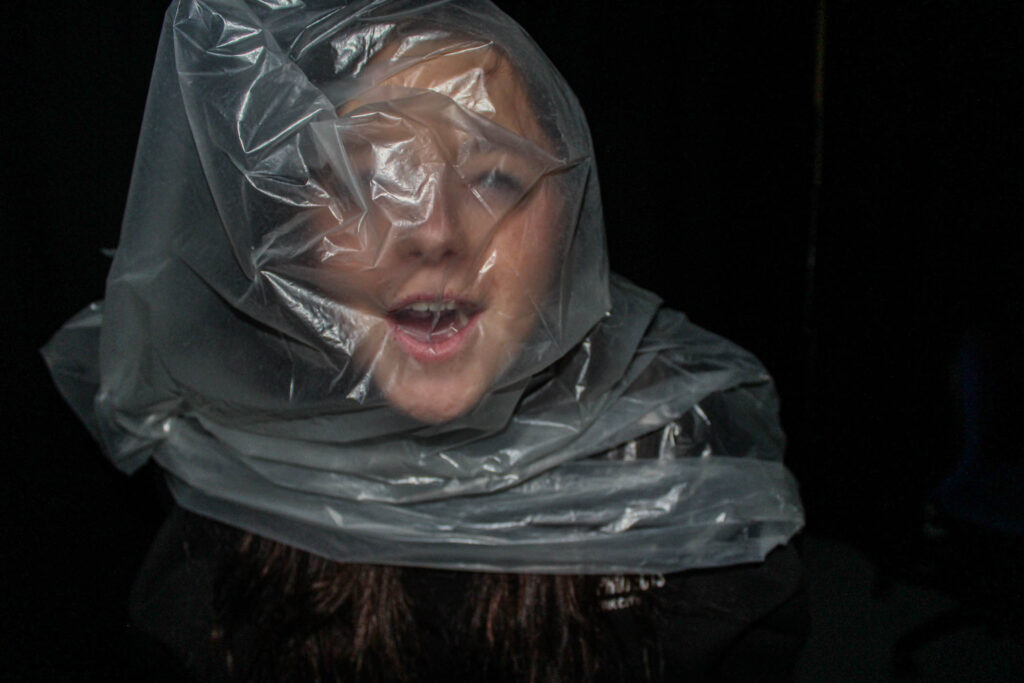
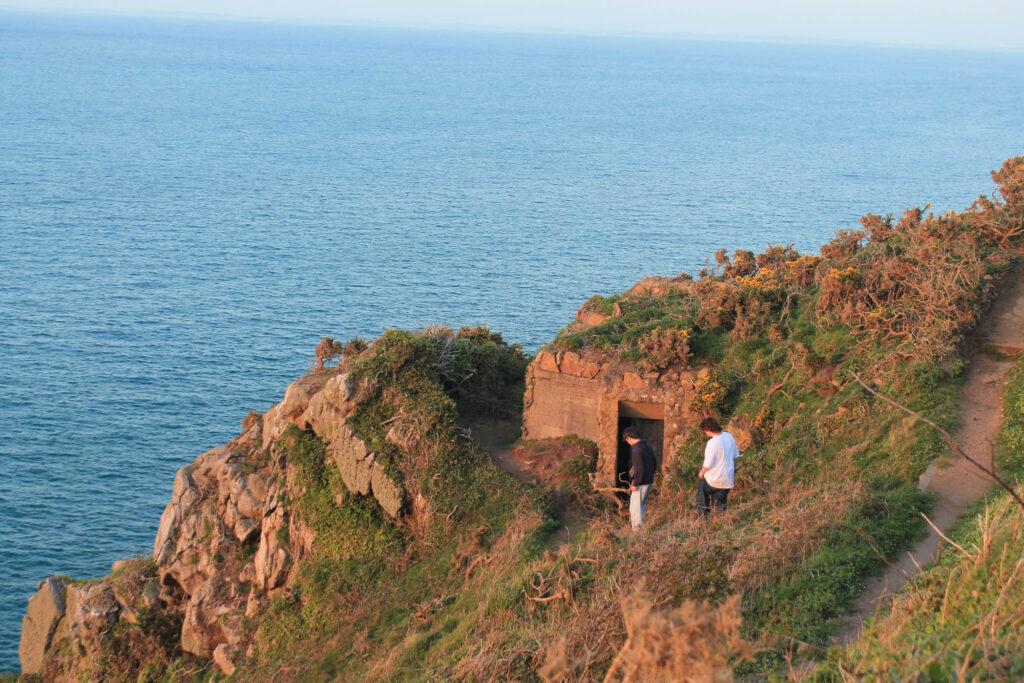
(Lucas Foglia Response) ‘ I took this image up at plemont, where we spotted an old bunker, and they went in and explored while I took images. I think this portrays a massive contrast, of what that bunker would’ve been used for compared to people just using it to explore now.’
Masculinity vs Femininity
‘Femininity is a set of attributes, behaviors, and roles generally associated with women and girls. Femininity can be understood as socially constructed, and there is also some evidence that some behaviors considered feminine are influenced by both cultural factors and biological factors.’
Masculinity is a set of attributes, behaviors, and roles associated with men and boys. Masculinity can be theoretically understood as socially constructed, and there is also evidence that some behaviors considered masculine are influenced by both cultural factors and biological factors.
Portrait photographers have a lot of things to untangle when posing someone: their masculinity, femininity, or non-binary / genderfluid identity; their own perception of their gender in their industry or profession; society’s perception of their gender in their industry or profession; historical imagery of their gender and if it would be right to keep with that trend or break from it; and how lines, curves, shapes, and color are perceived in the art world with two dimensional imagery.
My artist case studies for this project were Claude Cahun and Cindy Sherman. Claude Cahun was a surrealist, photographer, sculptor, and activist. She is best known for her gender-fluidity in art, and her anti-Nazi resistance. Claude Cahun was an inspirational photographer, she paved the way for many other female photographers with her rebellious view on life, her not caring what other people say or think allowed for more people to do the same. Cindy Sherman has probed the construction of identity, playing with the visual and cultural codes of art, celebrity, gender, and photography. Sherman was always interested in experimenting with different identities, drawing attention to the artificiality and ambiguity of these stereotypes and undermining their reliability for understanding a much more complicated reality.
Here are my responses to this –
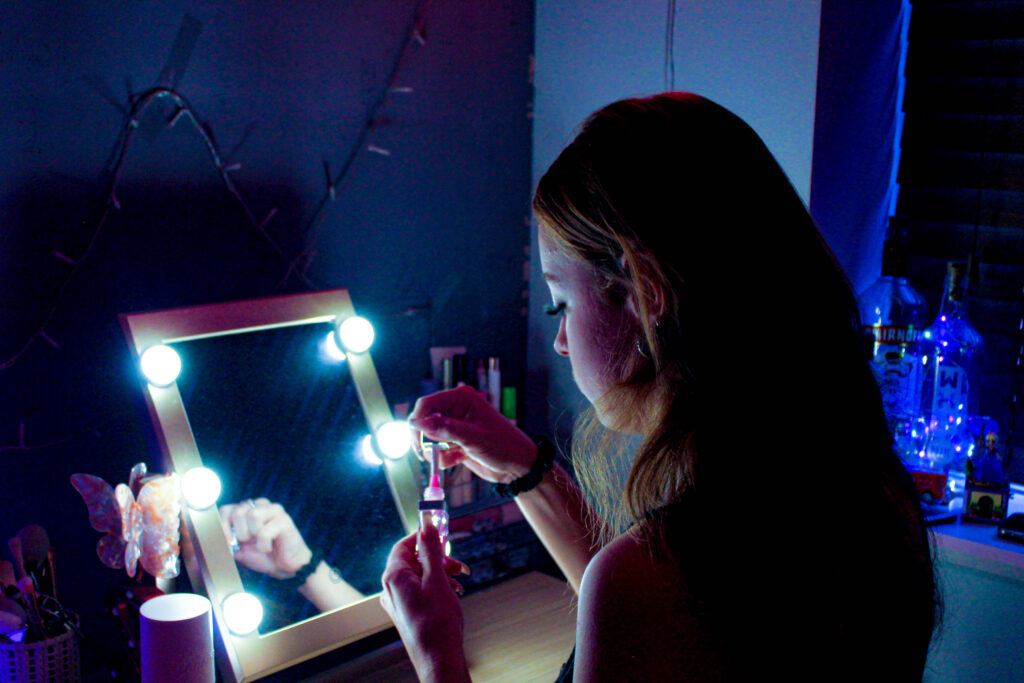
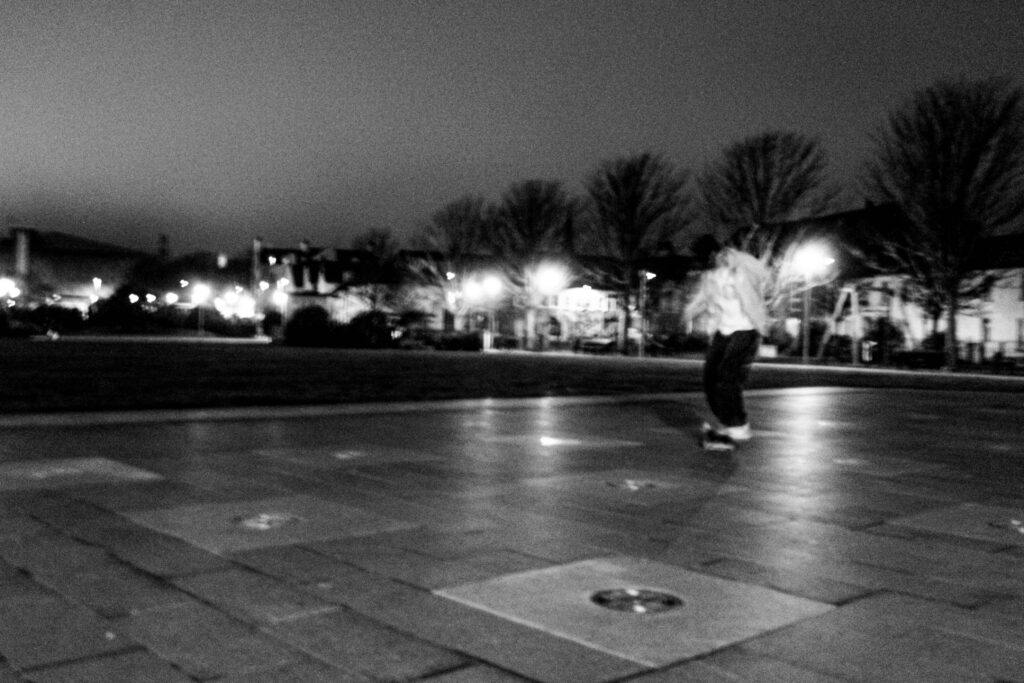
Medium
Film
Although we have not done film within photography, I have done it within media and I personally think that it is easier to portray feelings and make something subjective through photography rather than film. If my images were turned into film they would all become objective, and have everything be told, but photography for me is meant to say so little leaving so much.
Photography
I have done many photoshoots within taken photography A-level and I think that a photography is the perfect way to portray thoughts and feelings. Photography turns ordinary into the extraordinary. It transforms what it describes, and reveals so much but keeps so much too itself, which frames reality. It can be objective and subjective because it is told by a persons intuition. It fixes the shadows, before the event of digital tools. You need darkness to see light.
Approach
Documentary
Documentary photography is a genre that aims to capture real-life events, environments, and people, often with the intent of conveying a narrative or social message. It focuses on storytelling through images, documenting moments in a way that highlights authenticity and context.
I think that some examples I have made of this include –
Environmental Photography-
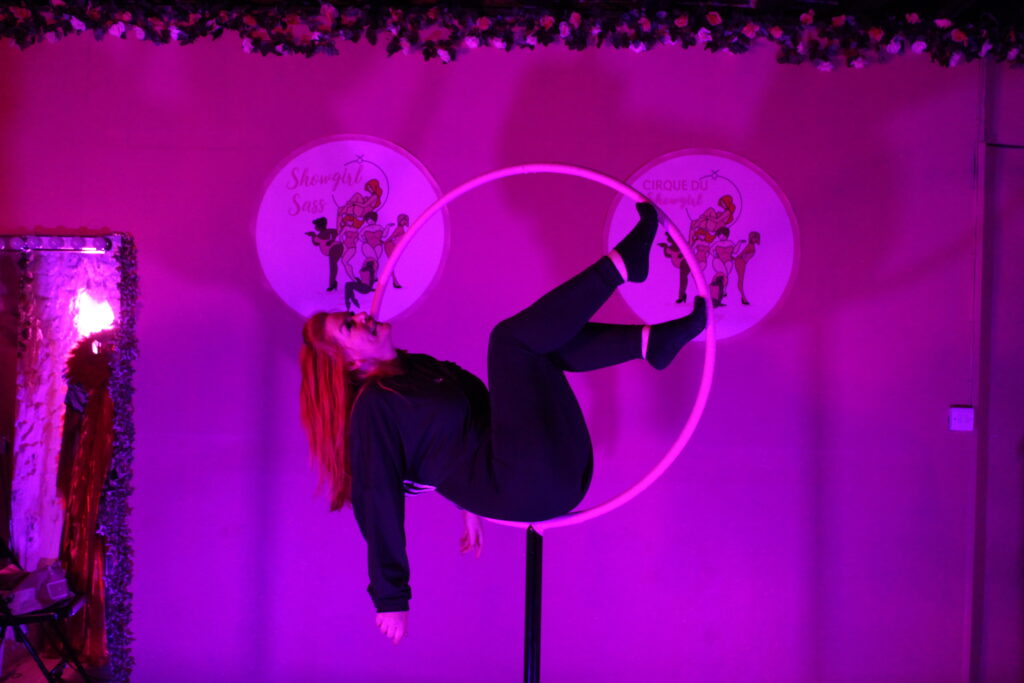
Marine Harbour-

This image is very technical it manipulates the brain by the use of texture and detail, but portraying hoe historic this is but also how real it is. It makes you think about what would happen if trade went under, us as a small island would be in the dark and have nothing. A lot of people see the harbour as something that is aged and old, although it is that it us important to incorporate how it is still vividly in use every day.
Tableaux
Tableaux, or tableau vivant, refers to a “living picture” where a group of people poses to create a still scene or representation, often resembling a painting or a moment in history. In contemporary contexts, tableaux can also refer to staged photography where subjects are arranged to create a specific composition or narrative, often with careful attention to lighting, props, and costumes. It’s a powerful way to explore themes and evoke emotions through visual storytelling.
I think that some examples I have made of this include –
Landscape-
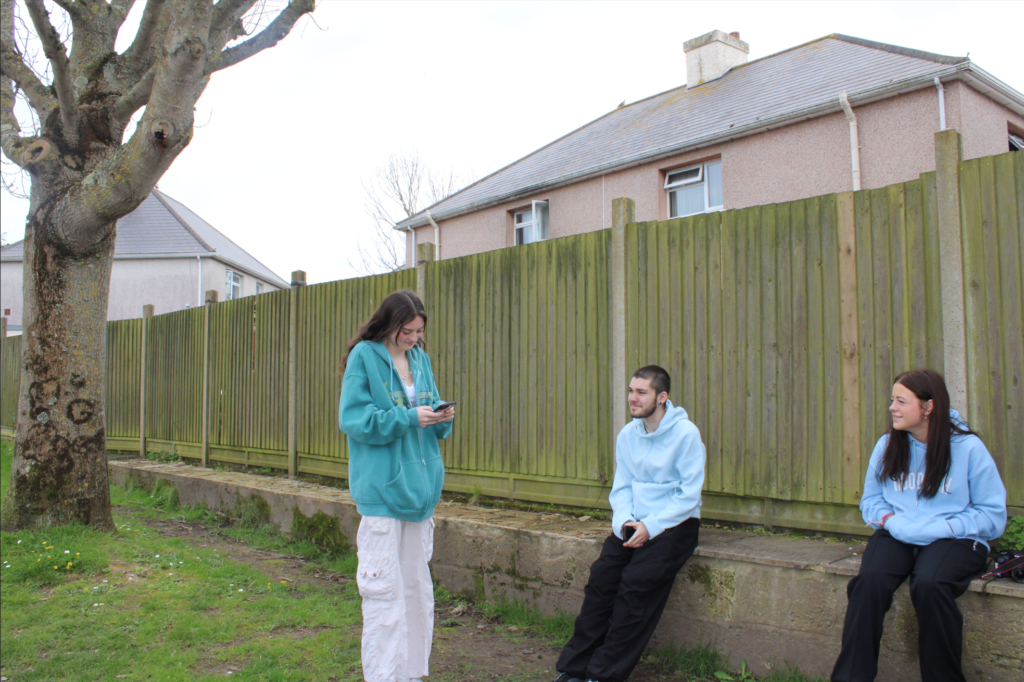
Anthropocene-
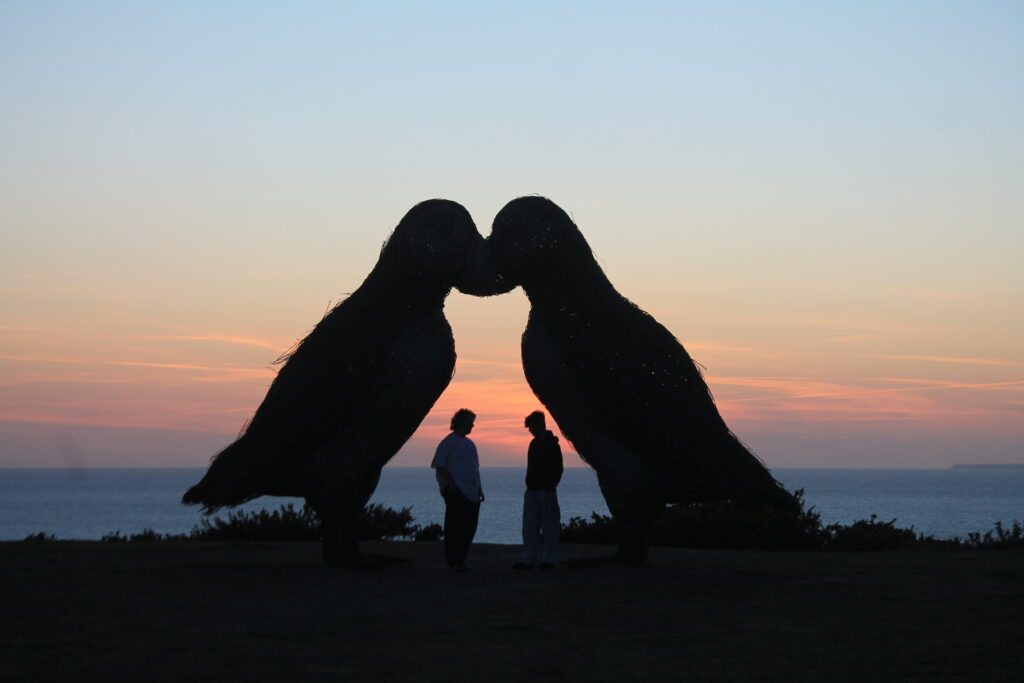
Conceptual
Conceptual photography is a genre that emphasizes the idea or concept behind the photograph rather than just capturing a moment or a realistic scene. In this approach, the artist often starts with a specific concept or theme and uses visual elements to express that idea creatively.
I think that some examples I have made of this include –
Femininity-
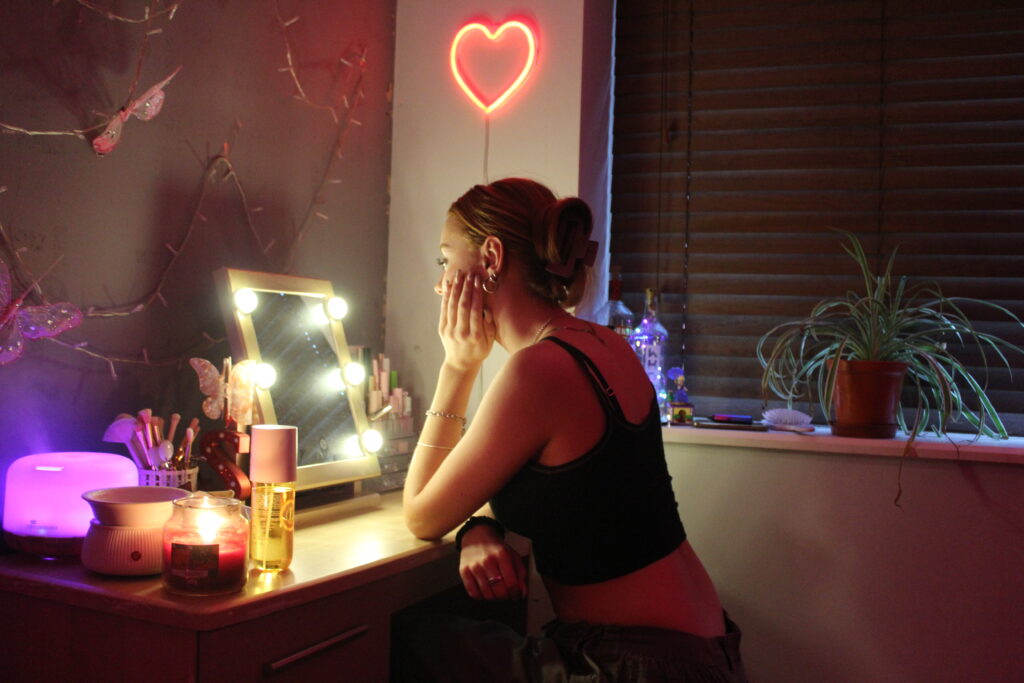
I feel like there is so much negativity around girlhood and womanhood so I’ve decided to try my best to portray the fun within it. The stereotype that only females can wear makeup has been around since makeups birth, and many people either frown upon this or agree, I have captured my model doing her makeup (lip-gloss), to show just how much fun something like makeup can be. Many people (mostly men) shade on makeup claiming that nowadays a woman’s beauty can be removed with ‘one wipe’, and so what? Woman have been denied fun all their lives, being shoved into stereotypes of cooking and cleaning, and when makeup was created this changed the lives of women and girls all across the globe, this is why I have captured my model in a very girly lit environment, not only to juxtapose her and her surroundings’ but also to create ambient lighting to portray the mood of female empowerment and all the happiness that comes along with it.
Urban-

Artist’s
Jim Goldberg
Who is He?
Jim Goldberg is an American photographer and visual artist known for his work in documentary photography and photojournalism. He often combines text and images to create compelling narratives about marginalized communities and social issues. One of his notable works is “Raised by Wolves,” which explores the lives of homeless youth in San Francisco.
Why is he so influential?
Jim Goldberg was influential for several reasons, Innovative Storytelling, he pioneered the use of mixed media in photography by combining images with handwritten text. Focus on Marginalized Communities, his commitment to documenting the lives of underrepresented groups, particularly homeless youth and marginalized communities. Empathy and Authenticity, Goldberg’s empathetic approach fostered trust with his subjects, resulting in intimate and honest portrayals that resonate with viewers. Exhibition and Publication, his works, such as “Raised by Wolves” and “The Ballad of Sexual Dependency,” have been widely exhibited and published, influencing photographers. Impact on Visual Culture, Goldberg’s techniques and themes have inspired a generation of photographers and artists to explore the intersection of social issues and visual storytelling, reshaping how narratives are presented in photography.
How can I take photos like him?
Develop a Concept, focus on a specific social issue or community that resonates with you. This will give my project depth and purpose. Build Relationships, spend time with my subjects to build trust. Authentic connections will help me capture more intimate and genuine moments. Combine Text and Image, experiment with integrating handwritten text or quotes from my subjects alongside my photographs. This adds a personal narrative layer to my work. Use Documentary Techniques, embrace a documentary style that captures real-life moments. Allowing your subjects to express themselves naturally. Experiment with Composition, explore different compositions and perspectives. Don’t be afraid to play with framing and focus to convey emotions effectively. Focus on Emotion and Story, look for moments that evoke feelings or tell a story. Think about how my images can reflect the complexities of my subjects’ lives. Edit Thoughtfully, when editing, maintain the authenticity of my subjects’ voices and stories. Consider how the final presentation aligns with my initial vision.
Cindy Sherman
Who is She?
Cindy Sherman is an American photographer and conceptual artist known for her distinctive self-portraits that explore identity, gender, and the construction of persona. Since the late 1970s, she has created a series of works in which she assumes various roles, often drawing on cultural stereotypes and cinematic tropes.
Why is she so influential?
Exploration of Identity, she challenges traditional notions of identity and self-representation, prompting discussions about how gender, roles, and societal expectations shape who we are. Feminist Perspective, her work is a critical commentary on the representation of women in media and art. Conceptual Art, Sherman’s approach blurs the lines between photography and conceptual art. Her self-portraits provoke questions about authenticity and performance, encouraging viewers to consider the constructed nature of identity. Cinematic Influence, by drawing inspiration from film and popular culture, Sherman connects her work to broader narratives about storytelling and representation, making it accessible and relatable. Innovation in Photography, her unique style and method have paved the way for other artists to explore similar themes, influencing a generation of photographers and visual artists.
How can I take photos like her?
Explore Themes of Identity, reflect on what identity means to me. Think about how I want to represent myself and others, focusing on themes like gender, culture, and societal roles. Create a Concept, develop a series based on a specific idea or narrative. Costume and Makeup, use costumes, makeup, and props to transform myself or my subjects. This helps create distinct characters and enhances the storytelling aspect of my photos. Set Design, pay attention to the setting and backdrop. Consider how different environments can contribute to the mood and narrative of my images. Experiment with Composition, play with framing, angles, and lighting to create dramatic effects. Think about how different compositions can convey emotion or context. Embrace Performance, approach my photography as a performance. Experiment with poses, expressions, and gestures to bring my characters to life.
Tom Wood
Who is he?
Tom Wood is a British photographer known for his documentary-style work, particularly his candid street photography. He gained recognition for capturing everyday life in urban settings, often focusing on the people and environments of Liverpool, where he has lived and worked. Wood’s photography is characterized by its raw, unfiltered approach, showcasing the nuances of human interaction and the essence of place.
Why is he so influential?
Candid Approach, his documentary-style photography captures real-life moments with authenticity, providing an unvarnished look at everyday life. This approach resonates with viewers and highlights the beauty in the ordinary. Urban Exploration, Wood’s focus on Liverpool and urban environments allows him to document the socio-cultural dynamics of the city, making his work a valuable resource for understanding place and community. Human Connection, his ability to connect with subjects and portray their emotions and stories fosters a deep sense of empathy in his work, encouraging viewers to engage with the images on a personal level. Visual Storytelling, Wood’s photographs often tell rich narratives, capturing fleeting moments that reveal broader social themes, such as identity, class, and human interaction. Influence on Street Photography, as a prominent figure in street photography, Wood has inspired many emerging photographers to explore their surroundings and document the lives of people in their communities. Critical Acclaim, his work has been widely exhibited and published, earning recognition within the photography community and contributing to discussions on documentary practice and urban life.
How can I take photos like him?
Embrace Candid Moments, focus on capturing spontaneous, everyday scenes rather than posed portraits. Be patient and observant to catch genuine interactions. Explore my Environment, spend time in my local community or urban settings. Get familiar with the places where people gather and engage in daily life. Develop a Personal Style, pay attention to the visual elements that resonate with me. Experiment with composition, framing, and angles to create a signature style that reflects my perspective. Engage with Subjects, while Wood often captures candid moments, building rapport with my subjects can lead to more intimate and powerful images. Take time to connect with people in my environment. Use Natural Light, utilize natural light to enhance the mood of my photos. Experiment with different times of day to see how light affects my images. Tell a Story, think about the narrative behind my photos. Consider how each image fits into a larger story or theme, capturing the essence of the moment and its context. Be Persistent, street photography often requires patience and persistence. Don’t be discouraged by missed opportunities; keep shooting and refining my skills. Experiment with Black and White, Tom Wood often works in black and white, which can emphasize emotion and composition. Try shooting in monochrome to see how it changes my approach. Edit Thoughtfully, when editing my photos, aim to enhance the narrative without over-processing. Keep the focus on the authenticity of the moment. Study Other Photographers, look at the work of Tom Wood and other street photographers for inspiration. Analyze their techniques, themes, and approaches to storytelling.
Photographic Skills
Capturing teenage culture through photography involves a mix of technical skills and a keen understanding of youth dynamics. Some skills that I could use include: Candid photography, by using spontaneous moments and a discrete approach I will make my models feel comfortable allowing for more natural images. Storytelling, focusing on a narrative that resonates with being a teenager will make my images convey a story or theme reflecting experiences and challenges. Emotional connection, by connecting with my models (using my friends) it will build more support making more intimate photography. Composition, different framing techniques and leading lines to make my photos visually engaging. Understanding context, knowing what it is like to be a teenager living in Jersey will help me to really produce something that is meaningful. Use of colour and light, using different bright and vibrant colours to convey energy and dark and softer colors to create more intimate mood. Street photography techniques, documenting everyday life and urban environments that teenages naviagte. Editing skills, enhance the overall mood of my images. Engagement with trends, to portray a current feeling.
Processes
Digital photography will be used within my project, by taking photos digitally on a good camera I can take vibrant images which will make it easier to portray my narrative. I may include some portraiture within my project, to display a sense of emotion from a teenager to continue to my narrative. By getting an up-close personal look I can portray a lot more. Street photography will probably be one of my most used processes, this will help me to portray a story of lidr, one that can be very subjective. I will use a documentary style to show how people feel and how they lie there lives, this will portray teenager culture from the people who live and breath it. Experimental Techniques, techniques like double exposure or long exposures can create unique representations of the teenage experience, emphasizing creativity and self-expression. Lifestyle Photography, capturing moments that define teenage life, such as friendships, hobbies, and daily routines, can create a relatable and authentic narrative. Mobile Photography, using smartphones to capture spontaneous moments can be very effective. The immediacy and accessibility of mobile photography often lead to more genuine, unguarded expressions. Mixed Media, combining photography with other artistic elements, like drawings or text, can create a more layered representation of teenage experiences and feelings. Each of these processes can be tailored to reflect the specific stories and emotions that are central to being a teenager, allowing for a diverse representation of this dynamic stage of life.
Techniques
Candid Shots, capture spontaneous moments to convey genuine emotions and interactions, showcasing the authenticity of teenage life. Close-Ups, focus on facial expressions or hands to highlight emotions and details that tell a deeper story. Use of Natural Light, shooting during golden hour (early morning or late afternoon) can create a warm, flattering light that enhances the mood of the images. Depth of Field, use a shallow depth of field to blur the background, drawing attention to the subject and emphasizing their emotions or actions. Composition Techniques, experiment with framing, rule of thirds, and leading lines to create dynamic and engaging images that guide the viewer’s eye. Motion Blur, capture movement to represent energy and spontaneity, such as a group of friends laughing or dancing. Perspective and Angles, try shooting from different angles—high above or low to the ground—to provide unique viewpoints that can change the narrative of the photo. Black and White Photography, strip away color to focus on emotions, contrasts, and textures, often conveying a timeless quality that resonates with feelings. Environmental Portraits, place the subject in a meaningful setting that reflects their personality or interests, telling a broader story about their life. Thematic Series, create a series of photos around a specific theme (like friendship, identity, or rebellion) to capture different facets of the teenage experience. Double Exposure, combine two images into one to represent the complexity of teenage thoughts and feelings, blending different aspects of their life. Lighting Techniques, experiment with backlighting, silhouettes, or using artificial lights to create dramatic effects that enhance the mood.
Methods
Candid Photography, capture spontaneous moments during everyday activities, showcasing genuine interactions and emotions among friends or during events. Street Photography, document teenagers in urban environments, capturing their interactions, fashion, and social dynamics in a real-world context. Documentary Photography, create a series that tells a story about a teenager’s life, exploring their routines, challenges, and celebrations over time. Lifestyle Photography, focus on moments that depict the daily lives of teenagers, such as hobbies, social gatherings, or school life, to create relatable narratives. Experimental Techniques, utilize methods like double exposure, long exposures, or light painting to add artistic flair and depth to your images, representing the complexity of teenage life. Environmental Portraits, place subjects in settings that are significant to them, like their room or favorite hangout, to provide context and insight into their world. Group Shots, capture friendships and social groups to highlight the importance of community and connection during the teenage years. Creative Composition, use framing, symmetry, or interesting angles to add visual interest and make the photos stand out, reflecting the energy of youth. Mood and Atmosphere, play with lighting and color palettes to evoke specific emotions—bright colors for joy and vibrancy, or muted tones for introspection. Action Shots, capture teens engaged in activities like sports, dancing, or hobbies to convey energy and passion. Mixed Media, combine photography with drawings, text, or other artistic elements to create layered representations of teenage experiences. By employing these methods, you can create a diverse and compelling representation of the teenage experience, capturing both the joys and challenges of this dynamic stage of life.
Why
Using various methods, techniques, and processes to portray teenage life in photography allows you to create a rich, nuanced representation of this unique stage of life. Here are some reasons why it’s beneficial: Authenticity: Different methods, like candid photography or lifestyle shots, help capture genuine moments and emotions, making the representation more relatable and true to life. Diversity of Experience: Teenagers experience a wide range of emotions and situations. Using various techniques allows you to explore and portray these complexities, from joy and friendship to identity struggles. Visual Storytelling: Different photographic methods can help tell a compelling story. For example, documentary-style photography can highlight the everyday realities of teenage life, while portraiture can focus on individual identity. Creative Expression: Experimenting with techniques like double exposure or mixed media allows for artistic expression, providing a platform for teenagers to convey their feelings and perspectives creatively. Emphasizing Context: Methods like environmental portraits place subjects in meaningful settings, adding depth to the narrative and showing how their surroundings influence their experiences. Engagement: Varied approaches can capture the attention of viewers, making the photographs more engaging and thought-provoking. This is especially important when trying to connect with a broader audience. Highlighting Relationships: Group shots and candid moments can emphasize the importance of friendships and social dynamics, showcasing the support systems that are crucial during adolescence. Exploring Identity: Techniques like self-portraits or thematic series encourage teens to explore and express their identities, leading to a deeper understanding of themselves and their peers. Mood and Atmosphere: Different lighting and compositional techniques can evoke specific emotions, enhancing the storytelling aspect and allowing viewers to connect on a personal level. Versatility: Using a range of methods and techniques enables you to adapt to different subjects and environments, making your work more versatile and impactful.
